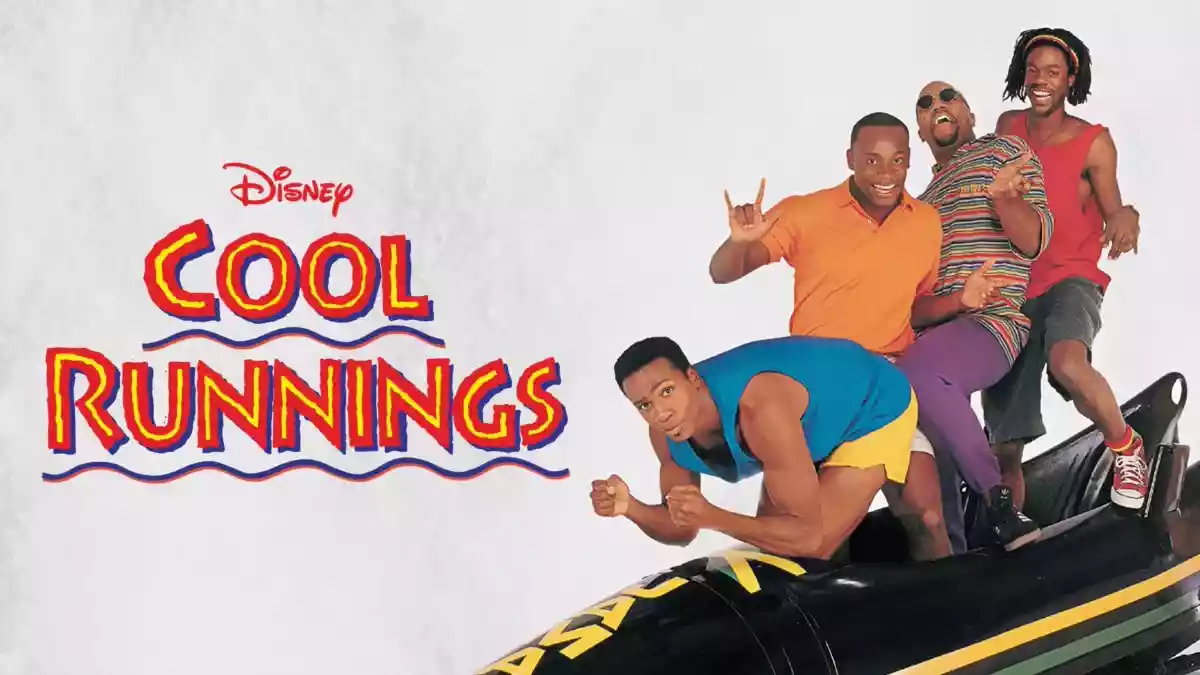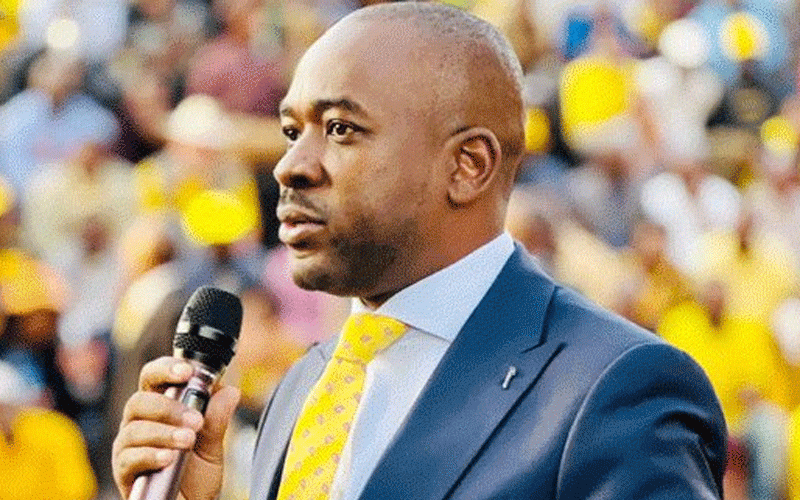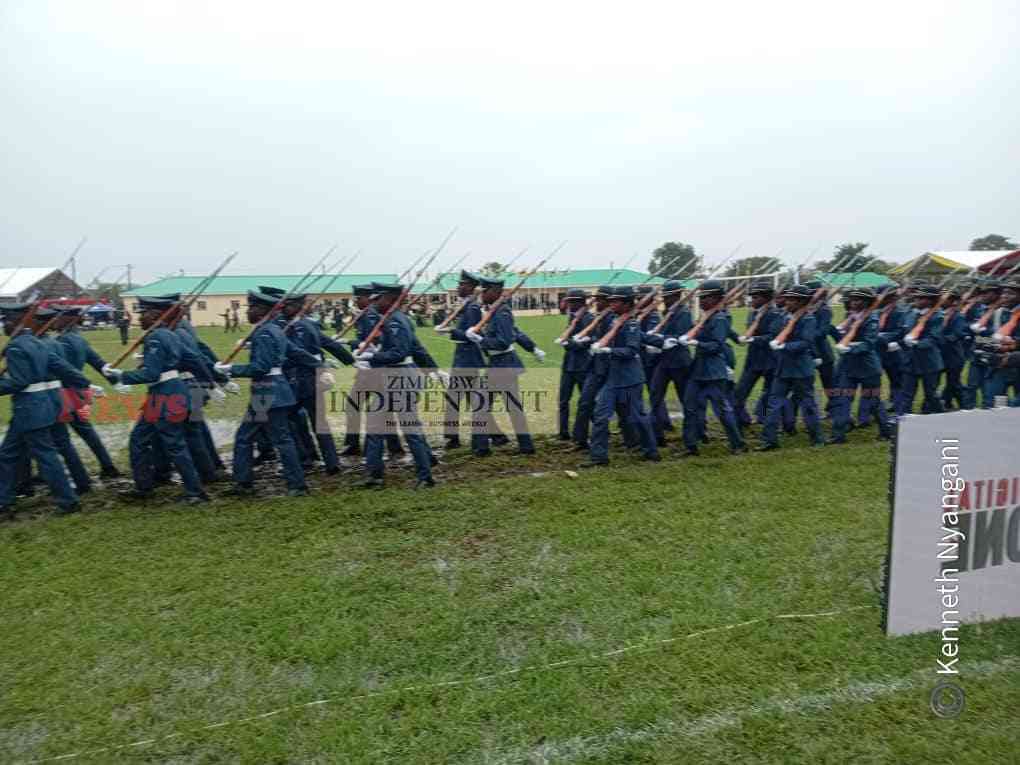
There is a wonderful, and very telling, scene in the hugely popular 1993 film Cool Runnings (a film loosely based on the true story of Jamaican sprinters who, having failed to qualify for the Seoul Olympic Games, decided to qualify for the Calgary Winter Olympics of 1988 as a bobsleigh team, never having seen, let alone stepped on ice before). Being constantly mocked and derided by experienced competitors for attempting to pursue this ridiculous dream, one team member asks the less confident colleague to look in the mirror and tell him what he sees.
Not unsurprisingly, the meeker one simply says, “I see Junior” (that being his name). His friend then says, “You see Junior? Well, let me tell you what I see. I see pride! I see power! I see a bad-ass mother who don’t take no crap off of nobody.” Junior is surprised and has to ask him if he really sees that. When this is confirmed, Junior starts to say the words again and again, louder and louder, to the point of believing them and then going out to confront the taunting opponents.
It may be seen that this writer is clearly entering into equally surprising and dangerous waters by referring to a song by the American rapper, Maino, who in conjunction with another rapper, T-Pain, recorded a successful single entitled All of the Above in which the same question was asked, even if with different tones and language: “Tell me what do you see, When you looking at me, woah.” He goes on to say “Listen, really what do you see, when you looking at me? See me come up from nothing, to me living my dreams. I done been to the bottom, I done suffered a lot. I deserve to be rich, headed straight to the top”. He clearly sees in himself the power, even when others may not.
What we see in ourselves and what others see in us is not always the same but when it comes to children what do we see in them? If the famous Italian artist Michelangelo was in school today, we would no doubt have been fiercely jealous of him as he was one of those guys who was brilliant at whatever he did. He was, among other things, a sculptor, painter, architect and poet. Most poignantly in our current deliberations, he was once asked about how he went about his sculptures, in particular, and he responded by saying: “I saw the angel in the marble and carved until I set him free.” He added that “Every block of stone has a statue inside it and it is the task of the sculptor to discover it.” He saw something great and powerful within and he set out to release it.
This is revealing as, for most people, we would think that we chip away from the outside to try to form a shape that will resemble what we want to have there. We work from the outside inwards. We wonder how we can reach that masterpiece. Sculptors would say they work from the inside out; they work to reveal, as well as release, what is there already, hidden inside.
Joseph Addison, an English poet, wrote that “What sculpture is to a block of marble, education is to the human soul”. Education is about seeing what is in each child and releasing them for who they are. Education is to set children free, to bring them alive in their special area. Arthur Schopenhauer, the German philosopher, put a slightly different slant to it when he said that “Talent hits a target no one else can hit; Genius hits a target no one else can see.” What do we see in our children, hidden deep within them? We need to chip away at the presuppositions children have of themselves, at the prejudices that others have, at the pretences society offers until we reveal the inner masterpiece.
Henry David Thoreau, an American naturalist, essayist, poet, and philosopher, had an understanding of this when he said, “It’s not what you look at that matters; it’s what you see.” Sculptors do not simply see the block of stone. We spend too much time looking at the outside of our children and not at what lies within them. We put clothes on them rather than unveil their promise. What do we see in our children? How can we release it?
We need to see, firstly, as teachers and parents, the possibilities in our children but as the character Yul says in Cool Runnings, “It’s not about what I see in the mirror that matters, it’s what you see that matters”. It all starts with seeing what is not seen; we must believe what we do not see. We need to help our children see for themselves what lies within the marble of their life. Is there pride there? Is there power there? Is there an angel there? We must release them. Do you see?
- School of sport: COOL SWIMMINGS
- Cool sightings










